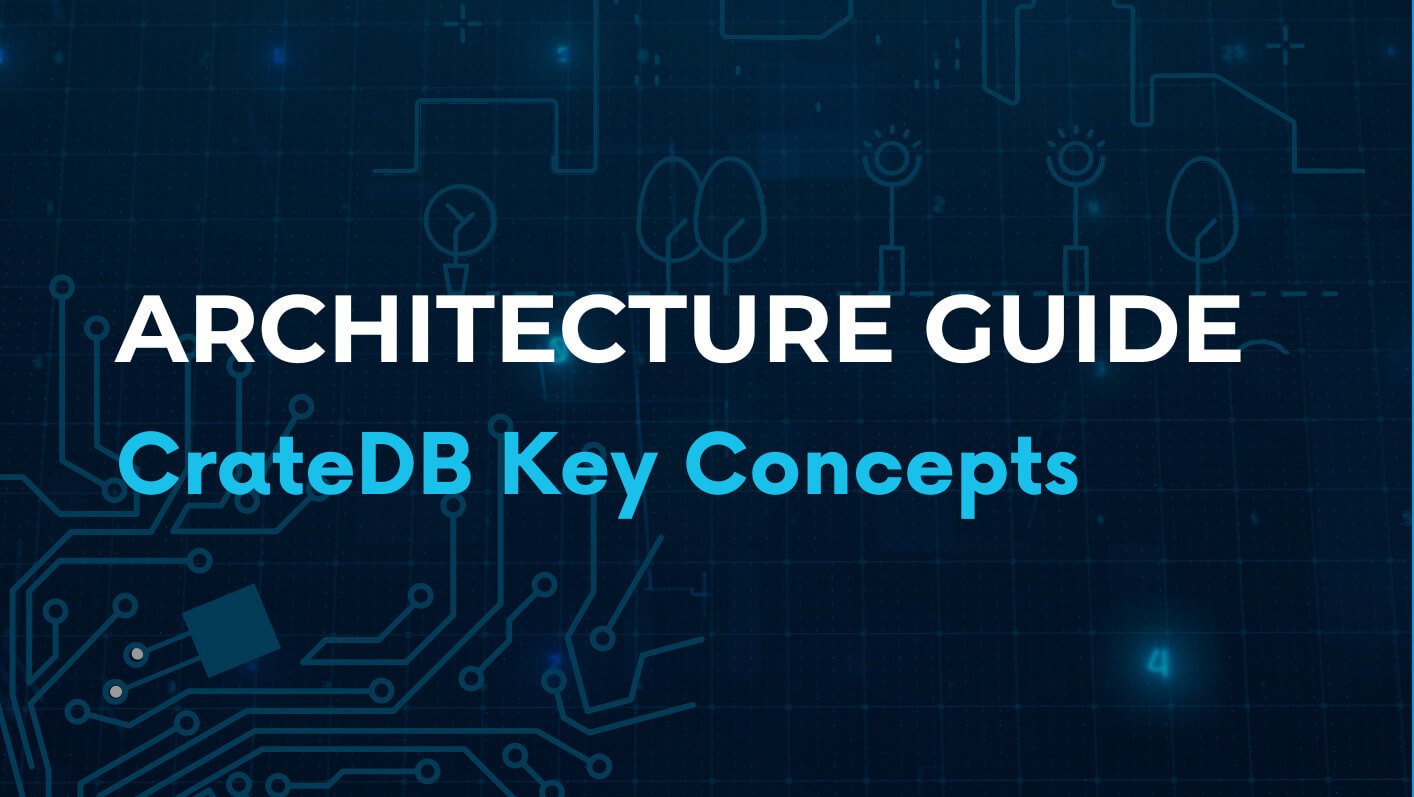Features
BLOB Data
CrateDB is a versatile database that supports the storage of Binary Large Objects (BLOBs), with advanced features to ensure optimal distribution and efficient replication of these files across multiple nodes in a cluster.
- Efficient replication and sharding: Treat BLOBs like regular data, ensuring their optimal distribution across multiple nodes in the cluster. Utilize a dedicated BLOB table to integrate BLOBs into CrateDB, which can be sharded to distribute binaries effectively across nodes, promoting scalability and improved performance.
- Flexible storage paths: Define a custom directory path in CrateDB exclusively for storing BLOB data. Differentiate this distinct path from the regular data path, allowing the segregation of normal data stored on fast SSDs and BLOB data stored on large, cost-effective spinning disks. Set the storage path globally or specify it during the creation of a BLOB table.
- Easy interaction via HTTP(S): Interact with BLOB tables in CrateDB easily through the use of the HTTP(S) protocol. Use the SHA1 hash of the BLOB as its unique identifier for uploading, perform a simple GET request to the appropriate endpoint for downloading a BLOB. Send a DELETE request for deletion.
Modeling data in CrateDB
Learn from Karyn Azevedo, Solution Engineer at CrateDB, how to choose the right data type for your use case.
Timestamp: 5:31 - 18:37
CrateDB Architecture Guide
This comprehensive guide covers all the key concepts you need to know about CrateDB's architecture. It will help you gain a deeper understanding of what makes it performant, scalable, flexible and easy to use. Armed with this knowledge, you will be better equipped to make informed decisions about when to leverage CrateDB for your data projects.
